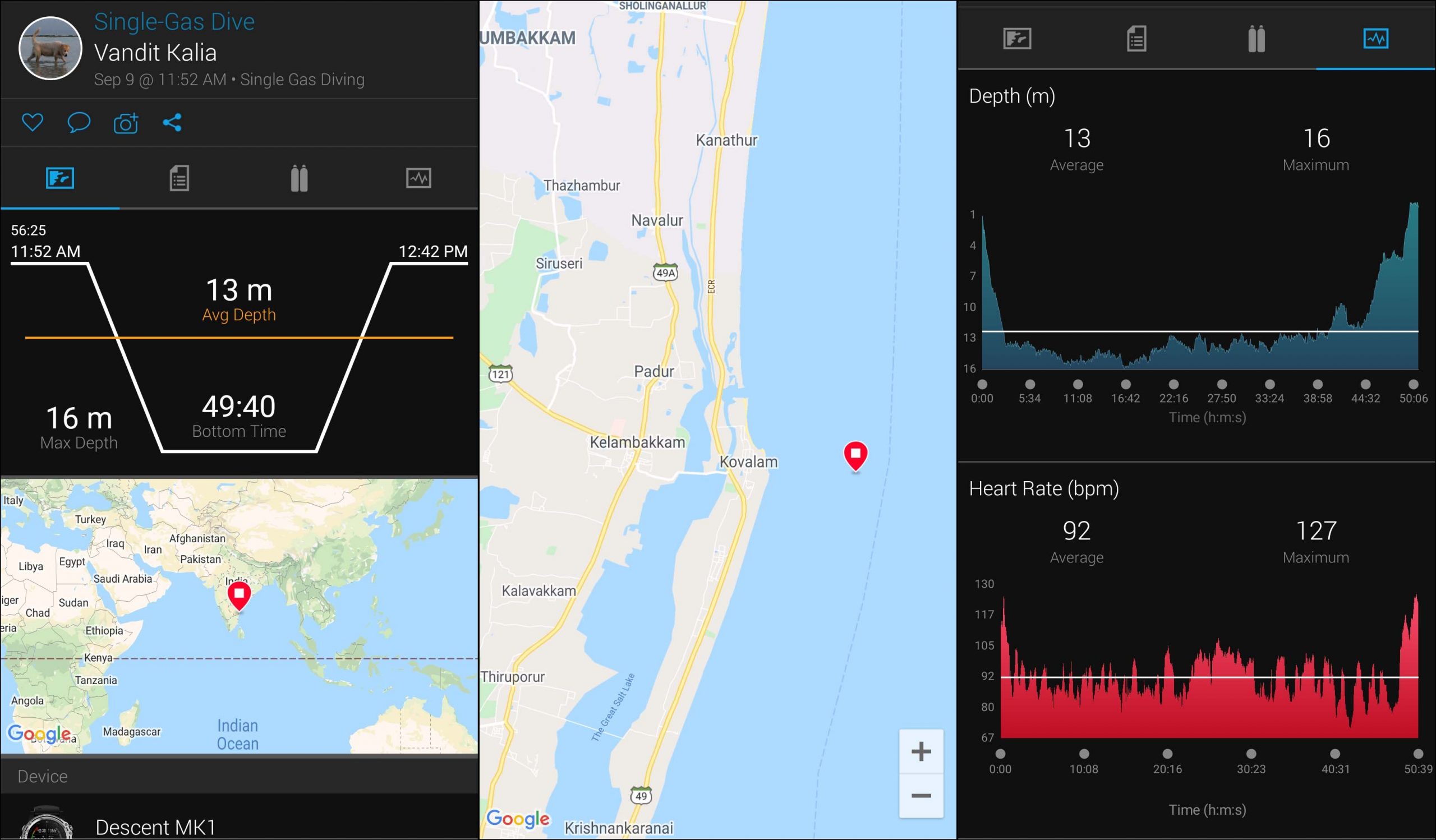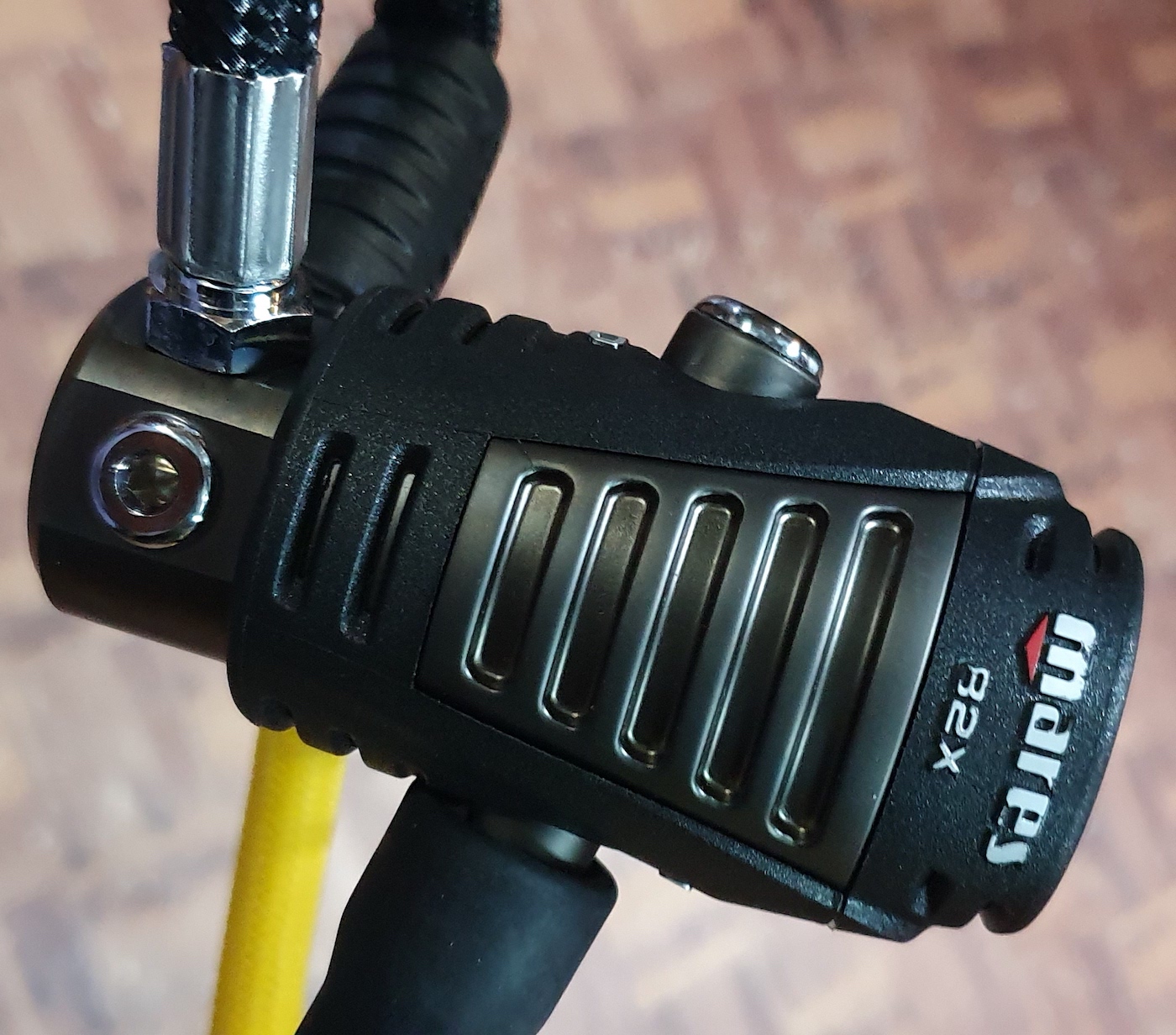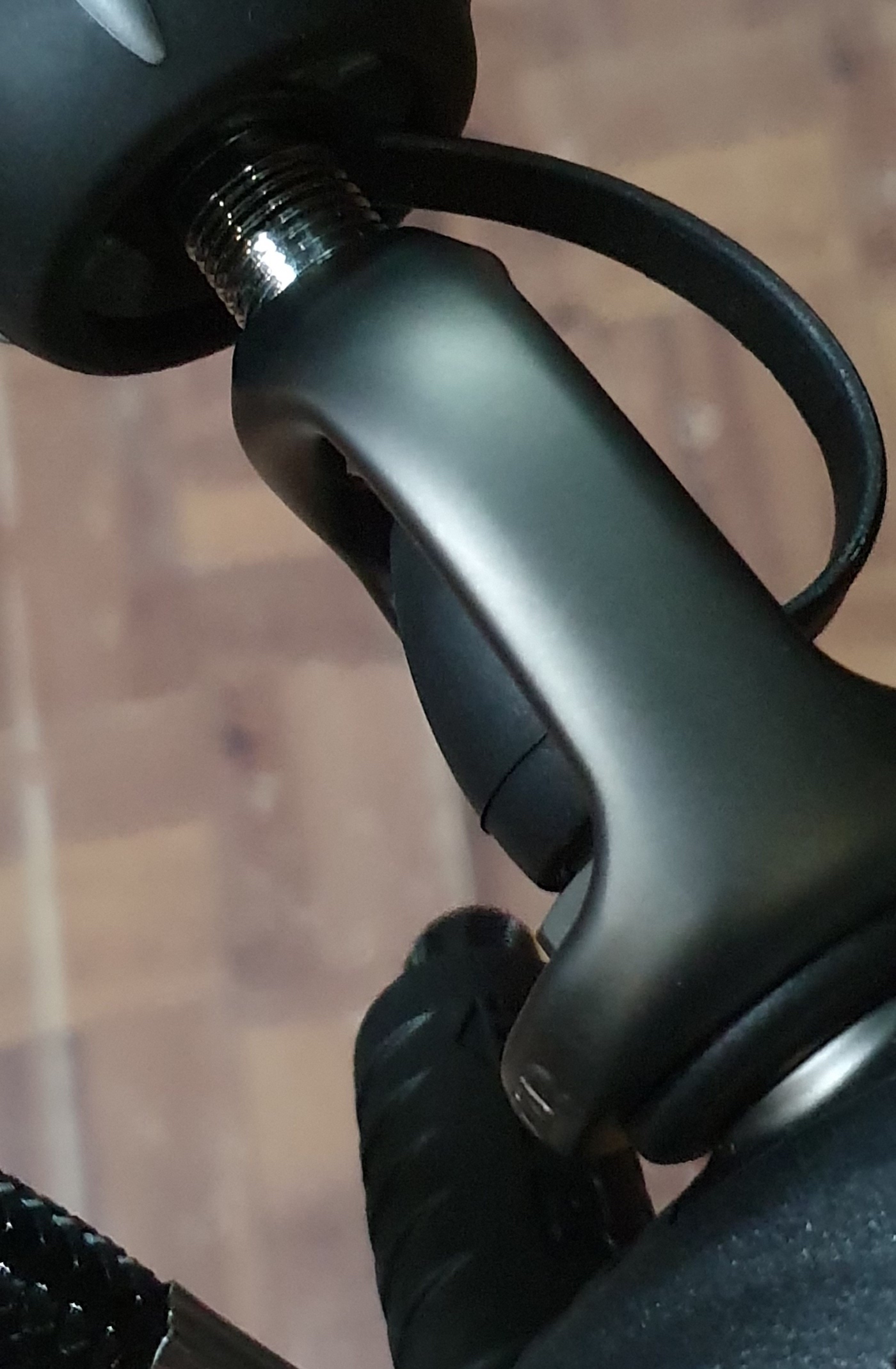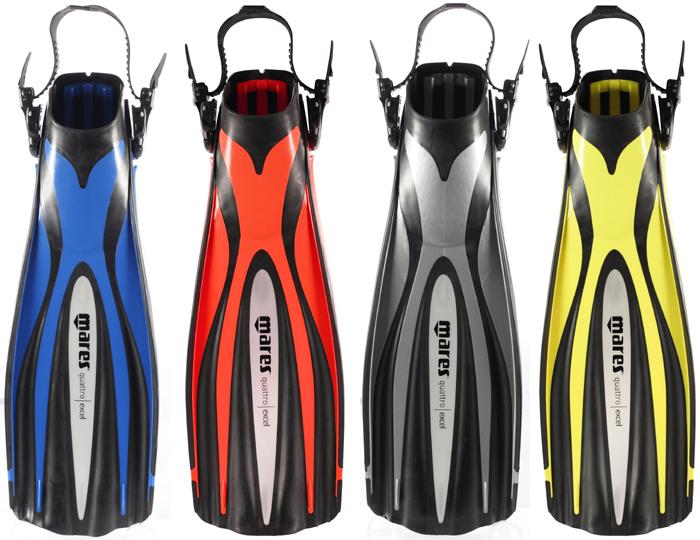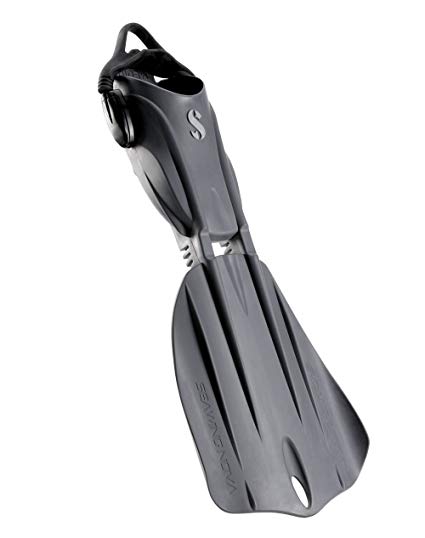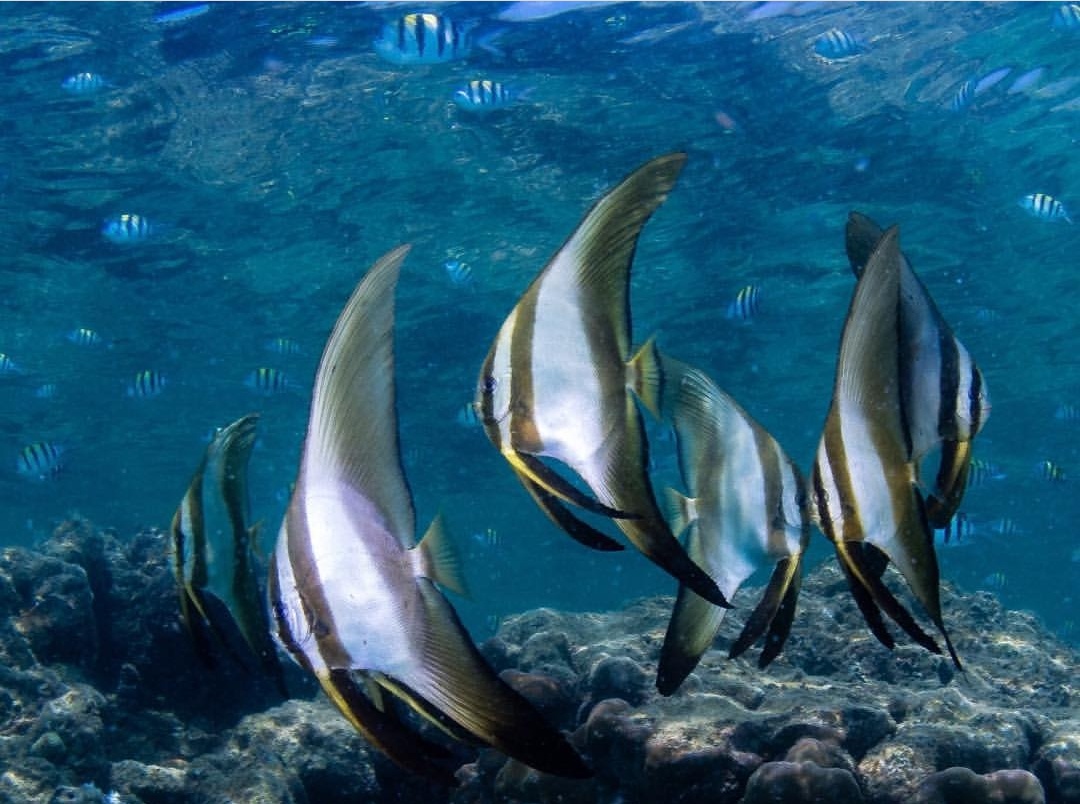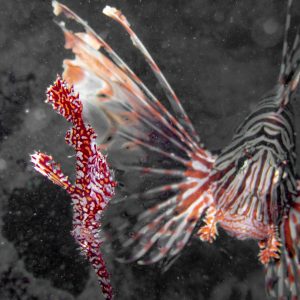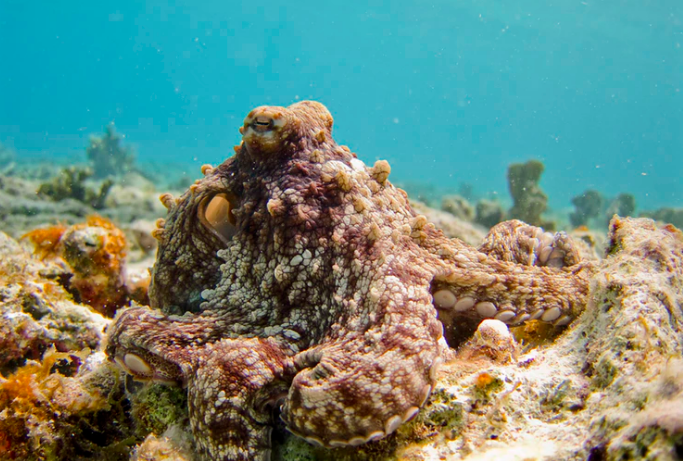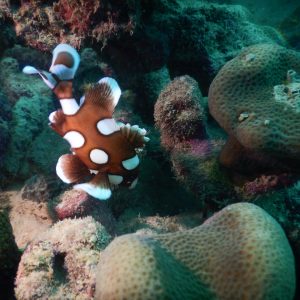
5 Eco-friendly Ways to Travel In the Andamans

Emerald hues! Picture credit: Umeed Mistry
Coral reefs, beaches and islands in the Andamans are now world famous for being some of the most beautiful and quiet places to be in nature. There is this ‘wow untouched paradise’ notion associated with these islands; a sense of which you get when you are flying into the islands. Approximately 2000 sq.km coral reef surrounds these islands. And a majority of these islands are densely forested and uninhabited by people.
The Andamans is a fairly remote island chain, nearly 1600 km away from Chennai but it is definitely a top tourist destination for people across the world. The remoteness coupled with the fact that well, these are islands, means that resources are limited and any waste that we generate goes nowhere!

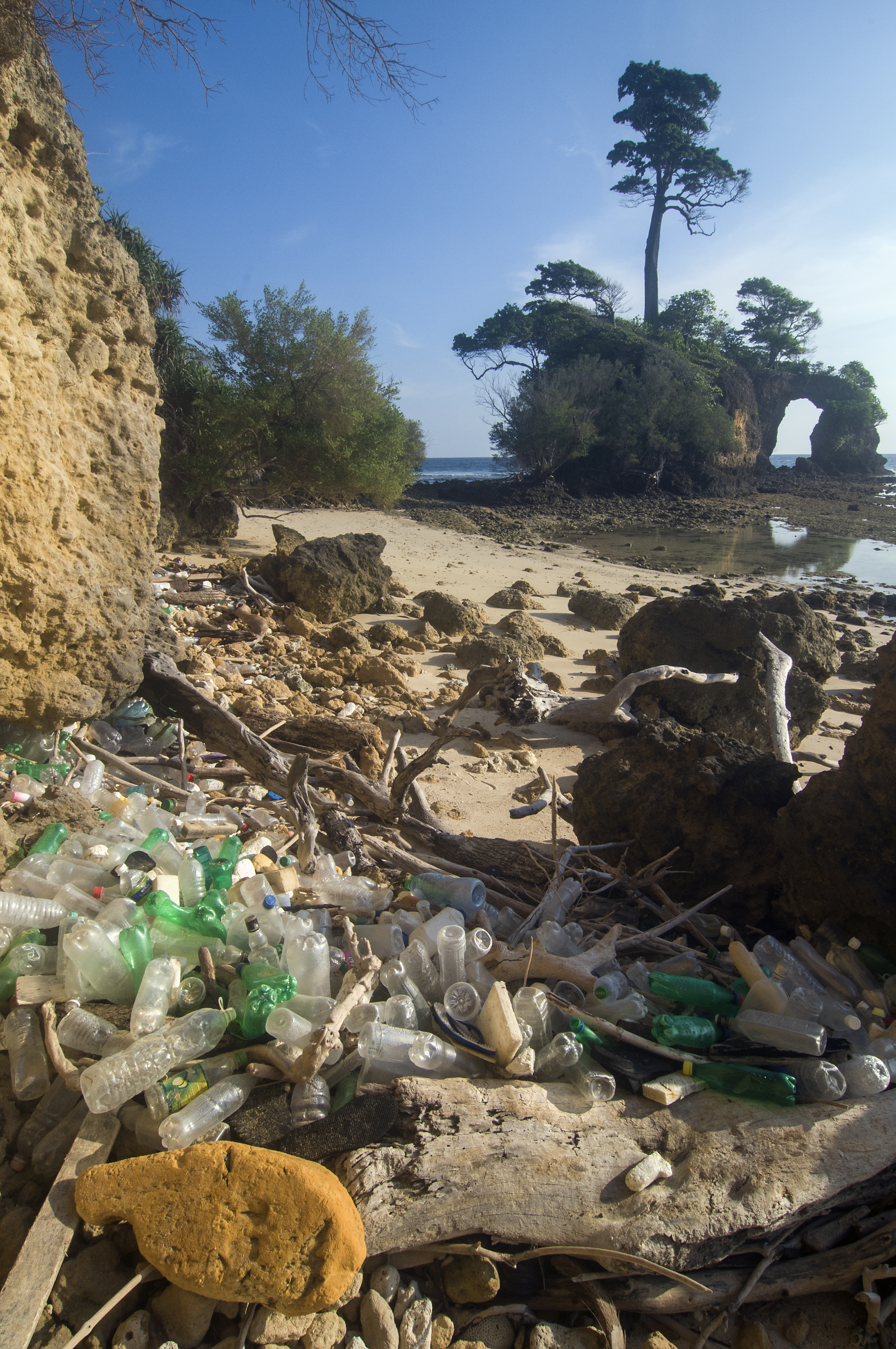
Andaman Islands: The ‘untouched paraside’ Picture credit: Umeed Mistry
Waste management is currently unplanned here in the Andamans and this becomes a particularly big problem in Havelock which sees huge tourist turnover on a daily basis. Resorts need to call a truck to take garbage to a common unsegregated landfill. It is unclear how many resorts compost their organic waste (we do!). Many will simply incinerate their waste within their property or dig a hole in the beach outside their resort to bury the trash. Several people are trying to work with the administration to bring a waste management system in place but that will take time.

Havelock’s trash solution is a burning landfill Picture credit: Mahima Jaini
All of these factors make it all the more important for us to plan ecologically responsible holidays. Nothing short of ‘zero waste’!
DIVEIndia has been working in the Andamans for a long time now (16 yrs and counting) and we are still deeply in love with these islands. Here is a link to some of the ways we try to make our operation minimum impact: https://www.projectaware.org/updates/diveindia-what-we-are-doing-be-ecologically-responsible-dive-operation-andaman-islands
Now here are 5 ways in which you can plan and execute a zero waste ecologically responsibile holiday in the Andaman Islands. We always welcome recommendations from travellers so do feel free to give us feedback!
#1 RESORTS, RESTAURANTS AND DIVE CENTERS- DO YOUR RESEARCH BEFORE YOU COME!
There is plenty of information about resorts, restaurants and water sport operators available online, along with scores of reviews and limitless pictures! Be sure to support businesses that operate in an ecologically friendly manner.
This could include resorts and restaurants that make a concerted effort to AVOID single-use plastics, segregate their waste, compost their kitchen waste and DO NOT throw their trash in the sea. This even includes choosing dive and snorkelling boats that are careful not to throw their anchor on coral beds, shops that do not sell coral, shells, or similar prohibited items. Please choose restaurants that serve local and fresh seafood caught by local fishermen. Avoid places that sell shark-fin soup, or threatened animal meat. If possible, let the person know why they have lost your business and in the event of illegal items for sale, please inform the local authorities.
Air conditioning is a luxury on an island heavily dependent on the import of diesel, which is unsustainable and contributes significantly to warming. While it may be nice to have access to AC, we suggest reducing its use to only when absolutely needed, or even turning it on for an hour, instead of having it running all night. Besides, the sea breeze is the best AC!
#2 DON’T BRING DISPOSABLES, DON’T LEAVE BEHIND DISPOSABLES
It is a common practice for travellers to purchase disposable products before or on arrival that they will toss out at the end of their holiday before heading back home. Most often these products include toiletries – toothbrush, shampoo and soap sachets. Even if you throw these into your resort-provided dustbin, they will end up in a burning landfill or land up on the beach.
We recommend carrying reusable, travel-sized bottles topped up from your home supply of soaps, shampoos and other things that you can use one trip after another.
If you are in India:
Something like this: https://barenecessities.in/
Switch to a good bamboo brush, please: https://www.instagram.com/thegrassroute.co/?hl=en
#3 AVOID FASTFOOD, PARCELLING FOOD AND ORDERING IN
If you have travelled from mainland India or from across the globe to these islands, the last thing you want to be eating is packet chips and biscuits right? Why indulge in packet snacks and aerated drinks when there is plenty of amazing FRESH food and drink available? The Andamans is definitely a great destination for a food holiday, with delicious local cuisines, numerous restaurants and street food!
Top on our list of plastic trash collected from beaches are plastic bottles- coke, pepsi, water and others. The islands are known for fresh fruits, and fruit juice bars are everywhere- try those as mixers instead!
Last but not the least- please do not order-in food, or request for parcelling your meals. This results in unnecessary plastic and aluminium packing used for 15 minutes before it is on its way to the landfill. A majority of restaurants are walking distance from one another if you are feeling adventurous, and seconds away if you are the lazier kind and would rather rent a motorbike!
#4 BRING YOUR OWN METAL, CLOTH, REUSABLE ALTERNATIVES
Carry your own steel water bottle from home to avoid buying packaged drinking water during your holiday, starting right from the flight, in your hotel and to your flight back. In-flight attendants might seem surprised when you deny the complimentary plastic bottle but they will happily top up you water bottles. There are water filling stations available in the Port Blair airport and island ferry terminals. Hotels and most restaurants will provide you free filtered drinking water as well.
PLEASE carry your own cloth bags and reusable straws. Coconut water vendors and most restaurants still provide straws for fear of losing business. It is up to us as consumers to insist on NO STRAW while placing an order.
Look here for great non-plastic lifestyle alternatives: https://barenecessities.in/
#5 SAY NO TO SUNSCREEN
Say hi to natural oils (https://amzn.to/2ZvLVgy) instead!
We encourage people to avoid using sunscreen before a dive. Read this to understand what skin care products do to the marine life we go into the water to see: https://oceanservice.noaa.gov/news/sunscreen-corals.html
Wear full sleeve rash guards and full length swimsuits instead (for UV protection) and carry a hat and sunglasses for your surface intervals. All our boats also have roofs to give you shade.
#6 PICK NO SHELLS, LEAVE NO BUTTS
Yes we said 5 ways, but here is a number 6! Sea critters use seashells to protect themselves, and use them as homes. Collecting certain seashells, coral (alive and dead) not only endangers these marine animals, but is illegal as per the Wildlife Protection Act of India, 1972.
Cigarette butts take up to 10 years to break down (plastic bottles take 450 years at least), they stick around, like sore thumbs, long after we are gone. Please toss them into dustbins.
Be sure to check our website for more articles on how to have a reduced-waste lifestyle in general!

The Andamans Islands- Our treasured paradise Picture credit: Chetana Babburjung Purushotham
Our dream is to continue to dive and explore these beautiful emerald islands for as long as we can. Thank you for helping us keep the Andaman Islands happy, healthy, safe and clean. <3



